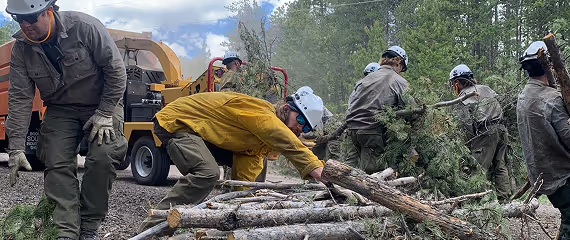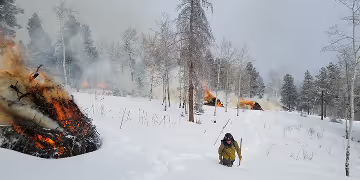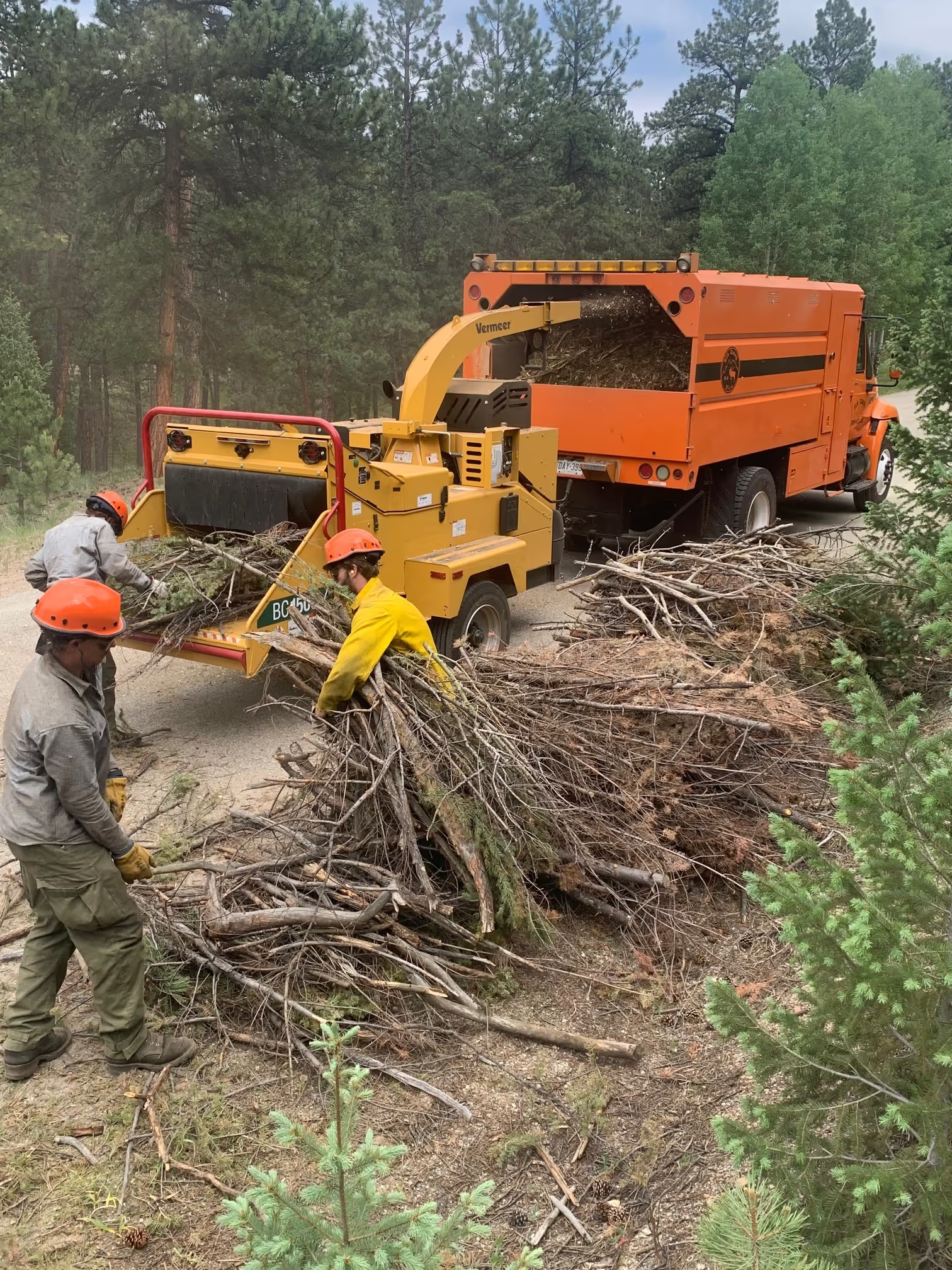The Conifer Wildland Division is emphasizing a science-based, neighborhood-focused approach to community wildfire protection. This allows us to maximize our impact by prioritizing mitigation strategies that reduce wildfire risk across entire planning units and landscapes, creating more fire-adapted communities.

.avif)



